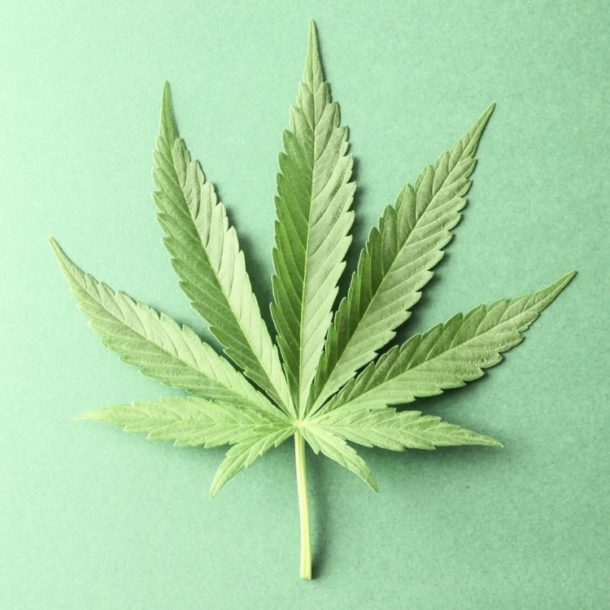Legalization and Its Impact
Washington State legalized recreational cannabis (marijuana) consumption in 2012. The increase in cannabis use since its legalization allows us to better see its effects on oral health. As health professionals, we understand the benefits cannabis use can have in treating various ailments. However, we also need to educate consumers about its impacts on gum and tooth health.
Risks of Smoking Marijuana
Smoking marijuana increases your risk of periodontal disease. The legalization of marijuana is still relatively recent and only occurs on a state-by-state basis. This limits the available data to determine long-term oral health effects. Several associated factors in frequent marijuana users also confound the data.
These factors include high tobacco, alcohol, and other drug use, poor oral hygiene practices, and increased snacking on high sugar/carbohydrate foods. Additionally, smoking (of any kind) can lead to dry mouth (xerostomia), significantly increasing the risk of cavities.

Research Findings
Research has associated marijuana use with an increased risk of periodontal disease. A 2019 systematic review adjusted for the previously mentioned confounding factors. It found significantly higher rates of periodontal disease in marijuana users compared to non-users.
The review also discovered an increase in the number of pocket depths greater than 4mm among these cases, indicating greater attachment loss and worse severity of disease.
Ongoing Research
Researchers continue to investigate further and long-term effects of cannabis use on oral health. They are also working to distinguish between smoking marijuana and other forms of use.
Some experts believe that smoking, rather than the actual cannabis itself, may cause some of the negative effects. We strive to stay up to date and will share information in the future as it becomes available.
Steps to Mitigate Effects
In the meantime, here are some steps you can take to help mitigate the effects of cannabis use:
- Practice good oral hygiene habits at home. Brush for 2 minutes twice a day with an electric toothbrush, and floss or use a water flosser daily.
- Use a toothpaste and mouth rinse that contains fluoride. If you have concerns about fluoride, try xylitol as an alternative.
- Stay up to date on dental visits. Regular preventive visits will ensure we catch any emerging disease or cavity early on.
- If you notice dry mouth, speak with your dental provider to learn how you can treat it.
Open Communication
Ask questions! We know many people still do not feel comfortable discussing their marijuana use. Please be assured that as health care professionals, we are not here to judge you. We aim to share our knowledge to improve your oral health!
References
American Dental Association
https://www.ada.org/en/member-center/oral-health-topics/cannabis

